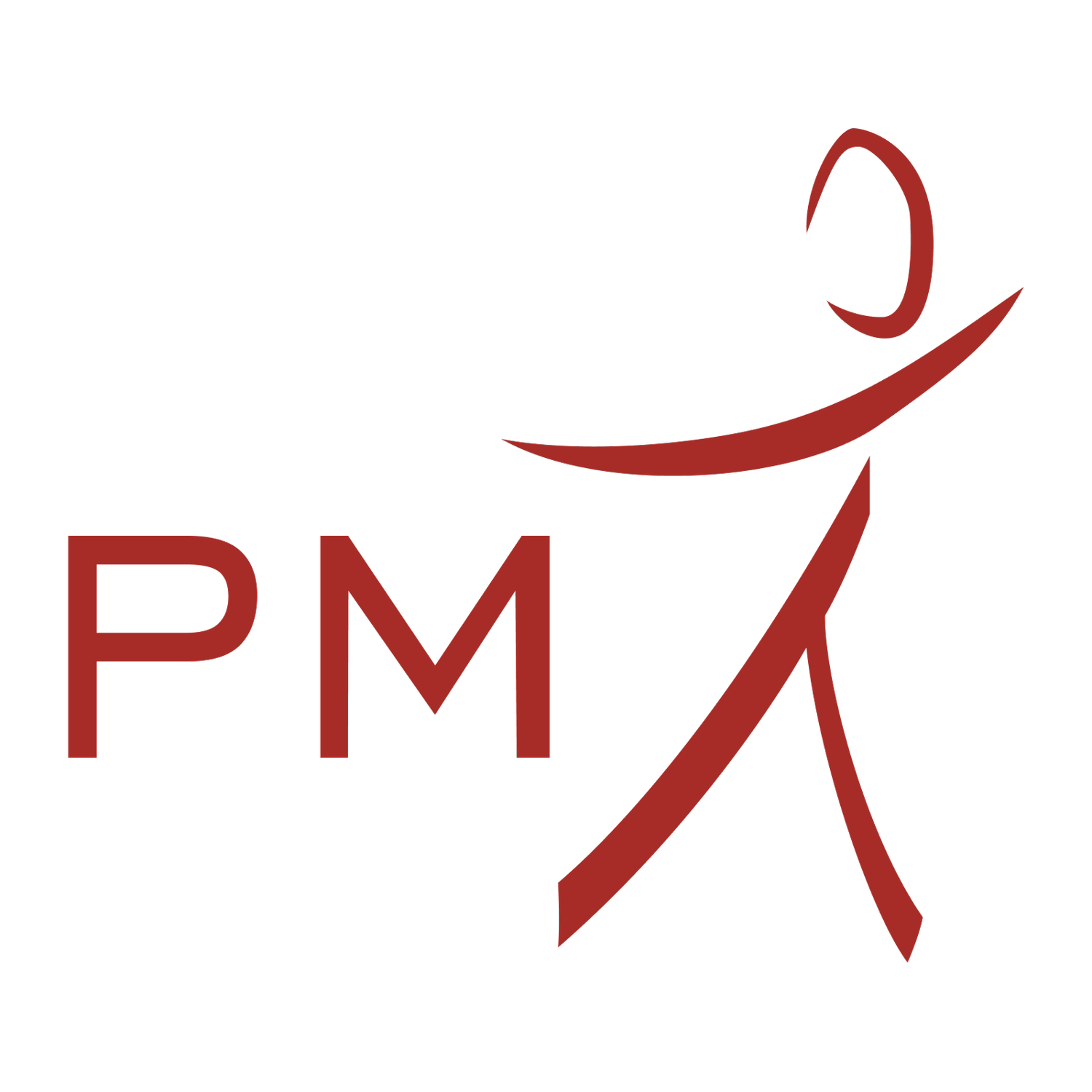Incontinence & Urge Frequency
Urinary incontinence (UI) is the involuntary leakage of urine, while fecal incontinence is the inability to control the leakage of fecal matter. Urge frequency is a sudden desire to void (urinate) that feels overwhelming and is often difficult to defer, which causes fear of leakage. Although these conditions occur more often in women than men, they can affect anyone at any age. Men will often suffer incontinence or urge frequency with issues related to their prostate.
UI is currently the second reason behind dementia as the reason why the elderly are placed in assisted living facilities in the USA. It is a significant issue that can be effectively addressed with the right approach.
In fact, one-third of men and two-thirds of women will experience urinary incontinence in their lifetime, with 55% of women over 65 years old living with leakage. Although common, urinary incontinence is not a normal part of aging and can be treated effectively with expert help.
Types of Urinary Incontinence:
Stress incontinence from physical stress such as coughing or jumping.
Urge incontinence from the sensation or actual need to urinate before the bladder is full.
Mixed incontinence – a mixture of both stress and urge incontinence.
Neurogenic incontinence due to disturbance of the nervous system.
Causes and Symptoms of UI:
Life events such as pregnancy, childbirth and menopause may contribute to urinary incontinence in women.
Contributory factors to UI and fecal incontinence include weak bladder or pelvic floor muscles, asymmetry in weakness and tightness in the pelvic floor muscles, overactive bladder muscles, nerve damage from pregnancy, childbirth, spinal dysfunction, or post-surgical procedures such as prostatectomy, imbalance in intra-abdominal pressure caused by musculoskeletal issues in other regions of the body, and constipation caused by increased pressure on the pelvic floor muscles during bowel movements.
In healthy women, normal recruitment of the pelvic floor muscles (PFM) and abdominal muscles is often lost in women with UI. This imbalance causes excessive pressure onto their pelvic floor muscles due to insufficiency in the abdominal and trunk muscles while also preventing optimal neuromuscular recruitment patterns of the pelvic girdle muscles.
Symptoms of UI and fecal incontinence include urgency, frequency, and leakage of urine or fecal matter. These conditions can have a significant impact on quality of life, leading to social isolation, depression, and decreased activity levels.
Urge frequency often has a neural drive (nerve input) associated with other regions in the body e.g., spine and pelvis that are contributing to the overactive bladder and excessive urge to urinate.
At PhysioMotion, our skilled therapists take a holistic approach to treating all types of incontinence and urge frequency.
We conduct a full body assessment to determine any contributory musculoskeletal factors, perform a thorough examination of the pelvic floor muscles, including an internal vaginal or rectal examination conducted by a specifically trained and qualified women’s / men’s pelvic health Physiotherapist if required.
We use real-time ultrasound-guided imaging to assess the pelvic floor and abdominal muscles. Our treatment approach combines pelvic floor muscle exercises with the treatment of other musculoskeletal dysfunction for successful management of incontinence.







